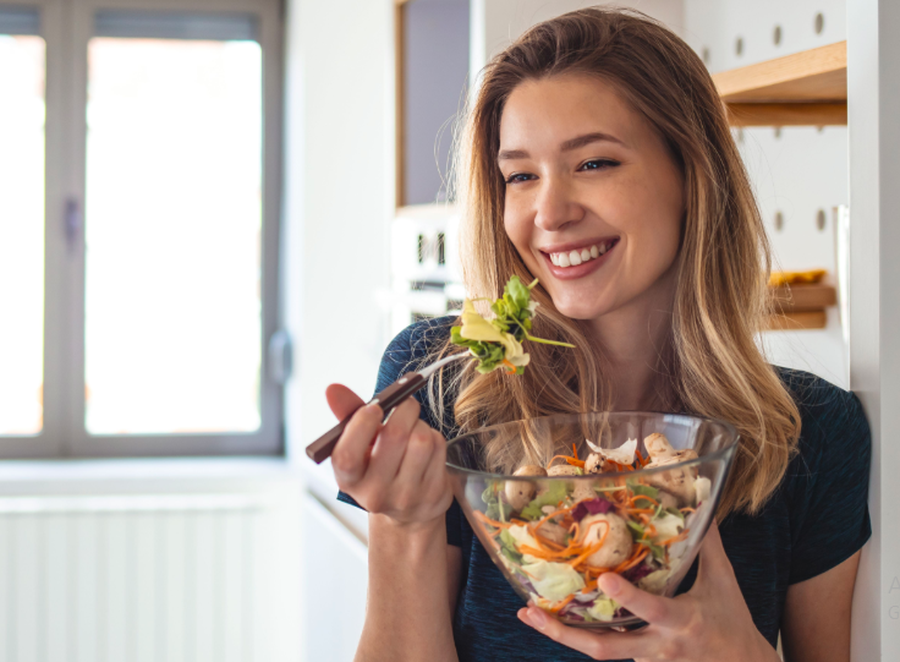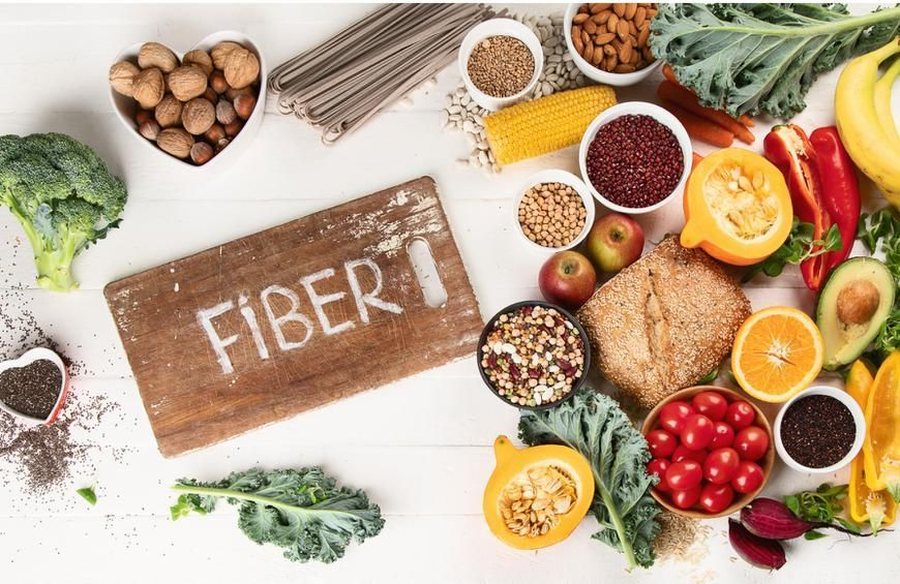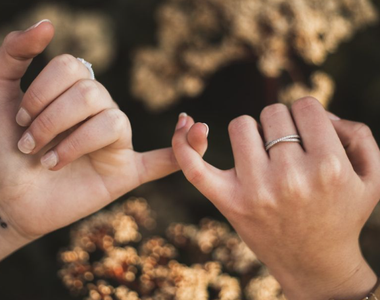
Grains, legumes, and seeds are taking center stage on social media, and for the first time in a long time, it seems nutritionists can't disagree: this trend deserves all the hype.
On TikTok, the new trend is called “fibremaxxing,” which means intentionally enriching your diet with fiber, through foods like beans, whole grains, and chia seeds. The trend focuses on gut health and overall body well-being.
The word "maxxing" is commonly used online to describe an increased or intentional consumption of something, and in this case it means: the more fiber, the better.
Like many other trends, this one started with Generation Z. Pamela Corral, a 25-year-old content creator, has gone viral on TikTok with videos of herself eating fiber-rich foods, one of which has over 10 million views.
“I try to eat a lot of fiber. That's the only way I can make videos,” she says with humor. “Fiber is really good, I think more people should consume it.”
But beyond the TikTok humor, there's also scientific support. A 2019 study showed that a diet high in fiber can reduce the risk of cardiovascular disease, stroke, type 2 diabetes, and colon cancer by 16–24%.
Just 7 grams of more fiber per day, the equivalent of half a can of beans, can reduce the risk of chronic non-communicable diseases by up to 9%.
What are fibers and where do we find them?

Fiber is found in:
Legumes (beans, lentils, chickpeas)
Whole grains (oats, brown rice)
Starchy foods (like potatoes with the skin on)
Fruits and vegetables
Chia seeds, flax, etc.
According to the recommendations:
Women should consume 25 grams of fiber per day.
Men : 38 grams
However, the current average is about 20 grams, so most people don't get the right amount.
"It is well documented that a diet rich in fiber lowers cholesterol, blood sugar, and inflammation. It offers protection against colon cancer, helps with heart health, and has recently been linked to brain health and behavior," says Boushra Dalile, a postdoctoral researcher at KU Leuven.
Like any other trend, "fibremaxxing" needs balance. Experts emphasize that gradually increasing fiber in the diet is essential, especially for those who are not used to such consumption.
"If you add too much fiber at once, you may experience bloating, abdominal pain, or even constipation," warns Dalile.
Also, hydration is essential.
“You should drink plenty of water when you eat high-fiber foods,” she says.
Water aids in digestion and prevents side effects like gas and bloating.
Fiber vs Ozempic?

One reason this trend has gone viral is because many promote it as a natural alternative to medications like Ozempic, which are used for diabetes management and weight loss.
In a viral video, a user writes:
“When you realize that fiber works like Ozempic... I drink this smoothie every day and see more of a difference in 2 weeks than I have in 2 years.”
A popular recipe contains:
1 cup of water
¼ cup chia seeds
½ cup frozen raspberries
2 tablespoons lemon juice
3 cups coconut water
This combination contains 10g of fiber per serving and is claimed to promote satiety, help manage blood sugar, and improve digestion.





